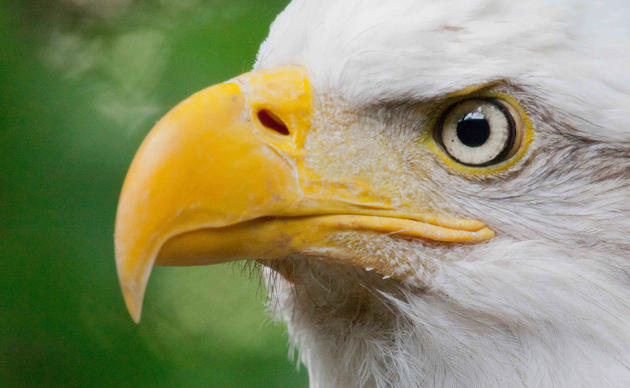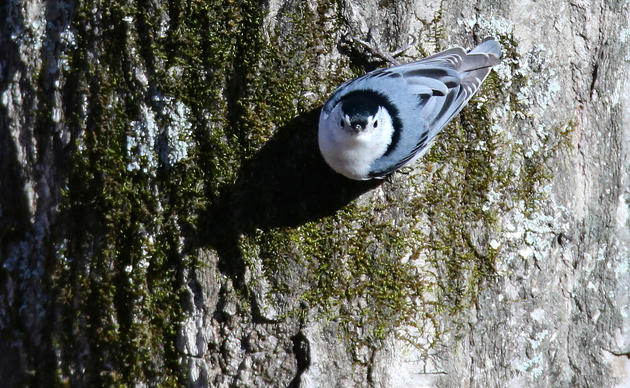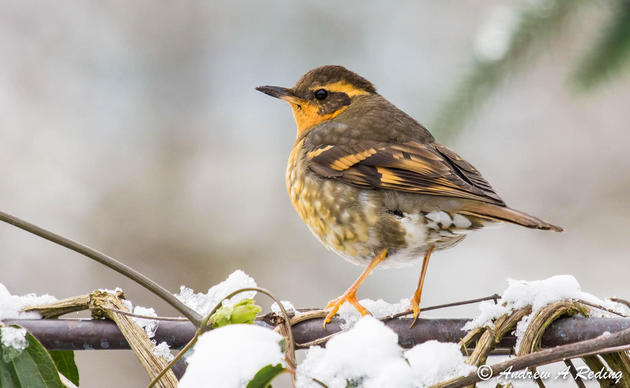I am a woman of the West. I think that’s why shrub-steppe seems to flow in my veins. Our arid lands of the West, like the Chaparral of my natal state of California or the sagebrush seas of the great intermountain basins where I now reside, are places of peace and tranquility for me.
Many years ago, I was driving a Western Washington colleague from Omak to Spokane. As he peered out the car windows, he made frequent comments about the blandness, even perhaps saying “ugliness,” of the lands we were passing through. I remember thinking those adjectives were so contrary to my sense of the land-stunning, mutable, and oh, so fragile.
Watching the land pass out a car window, it would be hard to know that shrub-steppe is so vibrant with life. All life needs water. Yet these lands seem dry. What remarkable adaptations allow the plants and animals to survive and thrive! Arid lands embody carefully crafted evolutionary balance.
Conservation Leaders Share Their Knowledge on Washington's Shrub-Steppe
When I started birding, my commitment to the shrub-steppe redoubled. Our world would be a sadder place if the dance of the prairie grouses disappears from our spring-times. And the chorus of the sparrows. My friend might have wondered about the attraction of drab little brown birds. I would suggest that he open the window and listen.
On pre-dawn days at the leks, I await the chorus to begin at first softly then crescendoing to its joyous symphonic welcoming of the day. The first sounds may be the gravelly coo of courting short-eared owls before they wrap up their night life. Then there’s the rare tinkling bell of the horned lark, growing more frequent as the Savannah sparrows buzz in. Western meadowlarks begin with their croaky blackbird calls, soon claiming a shrub with their melodic song. Then comes the vesper sparrow as courting snipes whir overhead or the long-billed curlew calls its name. As the Brewer’s sparrow trills in and the sage thrasher adds its haunting mimicry, I wonder if they ever need a breath. I never want to lose this thrill.
Our human footprint is huge. We threaten, no break, the balance that supports survival. My opportunities to contribute to shrub-steppe conservation with Audubon Washington and my local chapter in Spokane give me hope. And I hope in the few hours between Omak and Spokane my friend began to understand the awesome beauty. It will take all of us to ensure that the West’s arid lands endure.
-Commissioner Kim Thorburn




